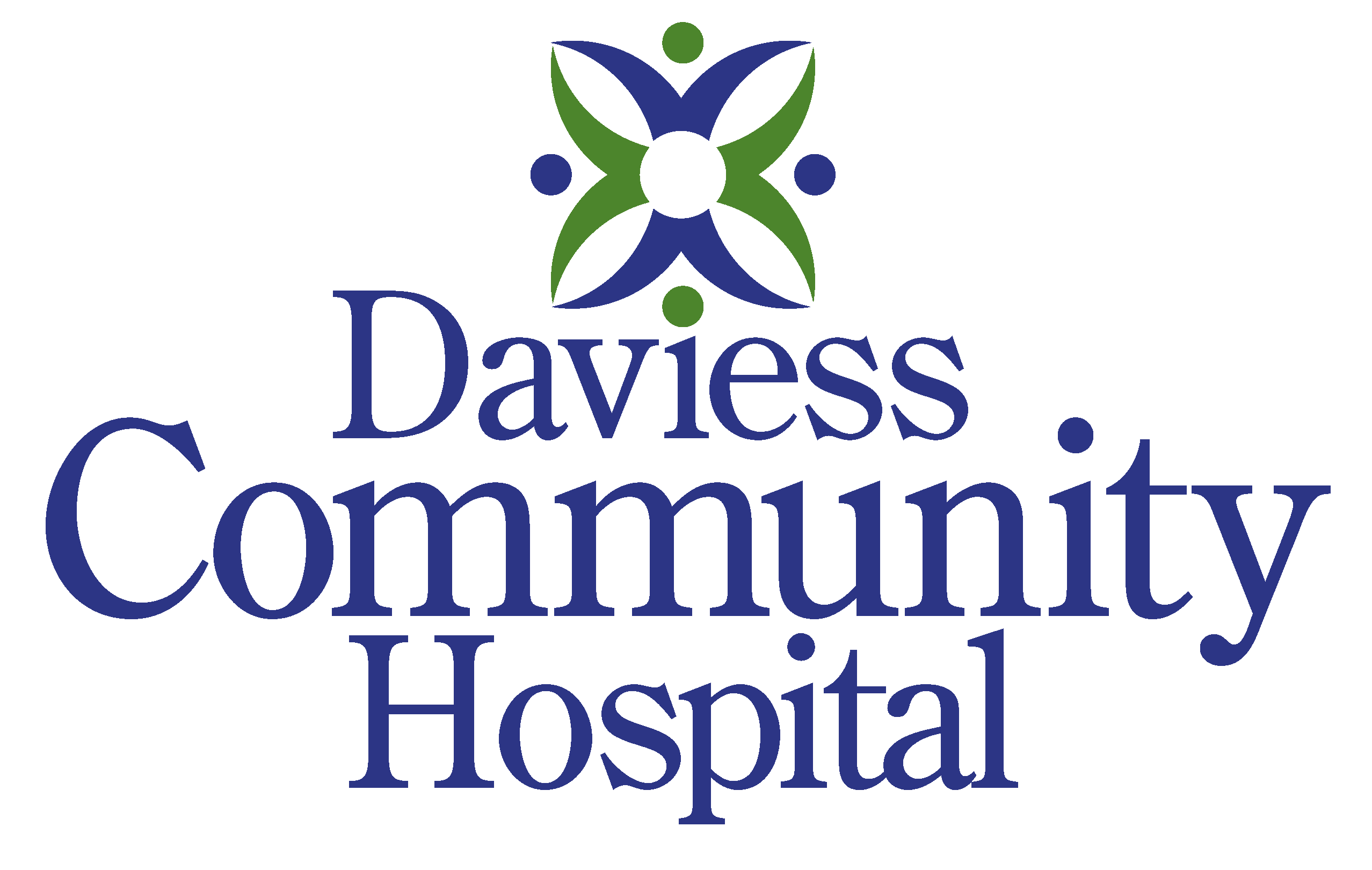
Graston Technique®
Instrument-assisted soft-tissue mobilization to reduce pain and restore motion
At Daviess Community Hospital’s CORE Center, the Graston Technique® is one of the evidence-informed manual therapy tools our physical therapists may use to help you move with less pain and greater freedom. Using specially designed stainless-steel instruments and skilled, therapist-applied strokes, Graston® helps identify and address soft-tissue restrictions so you can return to the activities you value—at home, at work, in sport, and in the community. Care is available in Washington and Odon, Indiana, and we welcome patients from Daviess County and across Southern Indiana.
What is Graston Technique®?
Graston Technique® is a form of instrument-assisted soft-tissue mobilization (IASTM). Smooth, contoured stainless-steel instruments are gently glided over the skin to help the therapist locate areas of soft-tissue irritation—such as tight bands, adhesions, and scar tissue—in muscles, tendons, ligaments, and fascia. Targeted strokes then help improve tissue mobility and glide, support the body’s natural healing response, and reduce pain that limits movement.
Graston® is non-invasive and is typically paired with therapeutic exercise and movement retraining for lasting results.
Who may benefit
Your physical therapist may include Graston® in a personalized plan of care when soft-tissue restrictions contribute to pain or limited motion, including:
- Tendinopathies (Achilles, patellar, rotator cuff, lateral epicondyle “tennis elbow”)
- Plantar fasciitis/heel pain
- IT band–related symptoms and lateral hip pain
- Hamstring, calf, and quadriceps strains; recurrent muscle tightness
- Cervical/shoulder or low-back/SI region soft-tissue pain
- Carpal tunnel–related symptoms (conservative care)
- Post-surgical or post-injury scar tissue and restricted mobility
Not every condition requires IASTM. Your PT will determine if Graston® is appropriate and how it complements exercise, mobility work, and activity progression.
How Graston® helps
- Improves tissue mobility and glide in muscles, tendons, and fascia
- Reduces painful restrictions/adhesions that limit range of motion
- Supports the body’s healing response, helping tissues remodel and tolerate load
- Pairs with strengthening and movement to restore function and reduce recurrence
What to expect
Evaluation
Your visit begins with a focused assessment of symptoms, movement, and activity goals. We identify the tissues and tasks most affected (e.g., walking, lifting, reaching, running).
Treatment
Your therapist applies lotion and uses Graston® instruments to glide over the skin, first to identify restricted areas and then to treat them with specific strokes. Most people describe the sensation as mild pressure to “good soreness.” Sessions are often followed by mobility and strengthening to reinforce gains.
Frequency
Visit frequency varies by condition and goals. Many plans incorporate Graston® 1–2 times per week as part of a short, focused episode of care. Your therapist will outline a plan that fits your routine.
Home plan
You’ll receive simple exercises, activity guidance, and self-care strategies to maintain progress between visits.
Is Graston® right for me?
Consider asking about Graston® if you have persistent soft-tissue tightness, pain with motion, or scar-related stiffness that hasn’t improved with rest alone. Graston Technique® is non-invasive and can help even when symptoms have been present for months.
Not sure where to start? Call (812) 254-8889 and our team can help you decide if manual therapy, including Graston®, fits your goals.
Locations and scheduling
CORE Center | 421 E. Van Trees Street, Washington, IN
CORE Center at North Daviess | 800 S. West Street, Odon, IN
Call
(812) 254-8889
to schedule an evaluation or ask about referral requirements.
We serve patients from
Washington, Odon, Jasper, Vincennes, Loogootee, Petersburg, Bloomfield, and neighboring communities across
Southern Indiana.
FAQs
Does Graston® replace exercise?
No. Best outcomes occur when Graston® is combined with
therapeutic exercise and movement retraining that match your goals.
Will it hurt?
Most people feel tolerable pressure or brief, mild soreness that resolves
quickly. Your therapist will adjust technique to your comfort level.
How many treatments will I need?
It depends on your condition, goals, and response to care. Your PT will
discuss an expected timeline after your evaluation.
Is Graston® safe after surgery?
When appropriate and aligned with your surgeon’s protocol, Graston®
may help address
scar tissue and stiffness. We coordinate with your provider as needed.
